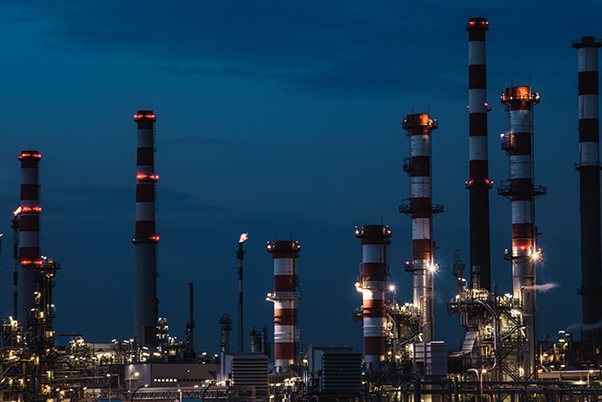Distillation is a process that is used to separate the components of a liquid mixture through the use of different boiling points. It is a common method used in the chemical, pharmaceutical, and oil and gas industries to separate and purify different compounds. The process works by heating a liquid mixture to a temperature where one or more of the components will vaporize, and then collecting and condensing the vapor back into a liquid form. This allows for the separation of the components based on their different boiling points.
The basic setup for a distillation process includes a container, known as a still, that holds the liquid mixture, a heat source to heat the still, and a condenser to cool and collect the vaporized components. The still is typically made of glass or stainless steel, and is equipped with a thermometer to monitor the temperature of the mixture. The heat source can be a simple flame or a more complex heating system, such as a hot water or steam jacket. The condenser is a tube that is cooled with water or another coolant, and is used to collect and condense the vaporized components back into a liquid form.
The process of distillation starts with the heating of the liquid mixture in the still. As the temperature of the mixture increases, the components with the lowest boiling points will start to vaporize first. These vaporized components will then travel through the condenser, where they will be cooled and condensed back into a liquid form. This liquid is known as the distillate, and it will contain a higher concentration of the components that have the lowest boiling points.
As the temperature of the mixture continues to increase, the next set of components with higher boiling points will start to vaporize and travel through the condenser. This will continue until all of the components have been vaporized and condensed back into a liquid form. The resulting distillate will contain a higher concentration of the components with the lowest boiling points, while the remaining liquid in the still will contain a higher concentration of the components with the highest boiling points.
One of the most important aspects of distillation is the ability to control the temperature of the mixture in the still. This is known as the “boiling point range” and it is the difference between the boiling point of the first component to vaporize and the last component to vaporize. By controlling the temperature of the mixture in the still, it is possible to separate and purify specific components of the mixture.
There are several different types of distillation that can be used to separate and purify different components of a mixture. One of the most common types is simple distillation, which is used to separate and purify liquid mixtures that have a small boiling point range. Another type of distillation is fractional distillation, which is used to separate and purify liquid mixtures that have a large boiling point range. This type of distillation uses a fractionating column, which is a tube that is filled with packing material, such as glass beads or metal plates. The vaporized components will travel through the column and will condense and vaporize multiple times, allowing for a more precise separation of the components.
Distillation can also be used in combination with other methods to purify specific components of a mixture. For example, distillation can be used in conjunction with adsorption, where a solid material, such as activated charcoal, is used to adsorb impurities from the liquid mixture before it is distilled. Distillation can also be used in combination with chromatography, where the components of a mixture are separated based on their physical or chemical properties.
Distillation is a widely used and highly effective method for separating and purifying liquid mixtures. It is a simple and efficient process.

